Who made this two meter tall 'devil's corkscrew' millions of years ago?
In the mid-19th century, a rancher in Nebraska, USA, accidentally discovered a rock-hard object protruding from the ground. It is about the size of a medium-sized trunk, but has a uniform spiral structure. At the time, people were surprised at this object and treated it as a corkscrew growing out of the ground. Soon, this strange discovery caught the attention of paleontologist Erwin H. Barbour, a doctorate from the University of Nebraska. He has always liked to collect all kinds of exotic fossils. Before that, he collected and identified mammalian fossils 23 to 2.58 million years ago, mostly of Negene origin.
Meanwhile, he went to the land of a local rancher to survey and found a spiral specimen about 2.7 meters long on the Niobrara River. At a glance, Barbour discovered that the inside of this twisted specimen was a tube filled with sand, while the outer wall was made of some white fiber material. The beautiful structure and perfect symmetry of this specimen made Barbour wonder if they were fossils.
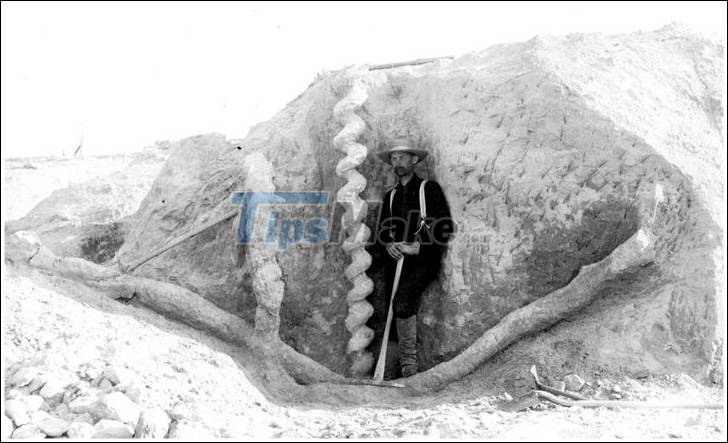
Over the following days, Barbour discovered dozens of similar giant spiral structures. So he reported on it in 1892 and named it Daimonelix, which can also be translated as "devil's corkscrew". But naming these specimens was not enough for him. Just as everyone is speculating about them, Barbour has accelerated his research on them and searched for a lot of relevant documents and information, yet no positive results have been found.
So Barbour decided to do one more field investigation to discover that these samples contained a lot of fine sandstone and perhaps they were from the Miocene, dating back about 23 million years. At that time, this discovery site may have had a huge freshwater lake.
So, in the second year after Barber discovered them, he made his official speculations, arguing that these specimens were remnants of giant freshwater sponges as he found them. There is a lot of plant fibrous tissue in this spiral structure.
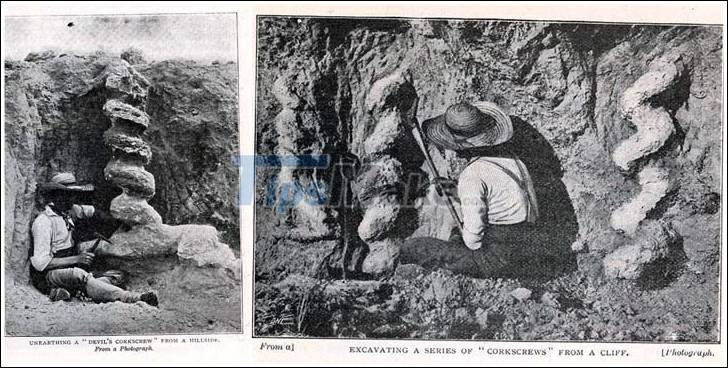
Perhaps it was because Barbour was the first to study them that his theory of conjecture quickly became accepted. However, many scientists at that time were still skeptical about this result because during the research and analysis, they accidentally discovered inside these fossilized specimens had bones of a rodent species. prehistoric.
Because according to Barbour's explanation, this is a fossil of a giant freshwater sponge, how can there exist animal bones inside it? As a result, American vertebrate paleontologist Edward Drinker Cope rejected Barber's theory and pointed out that the specimens were likely to be the cavities of an unknown primitive rodent. next.
In the same year, the Austrian paleontologist Theodor Fuchs reached the same conclusion as Edward Drinker Cope. In his view, these strange fossils could have been the underground houses of some type of rodent during the Miocene, and may be related to the genus Geomys.
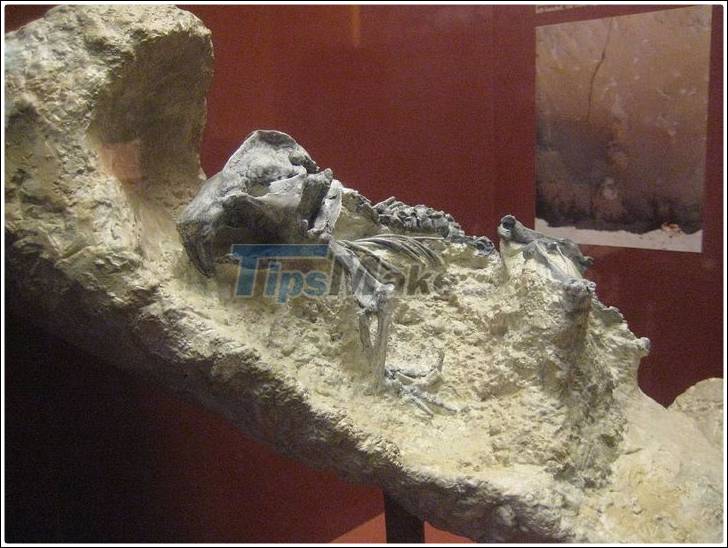
However, Barbour still defends his opinion and believes that the spiral shape is too perfect to be created by "primitive rational beings". So he and Fuchs, both sides began to argue non-stop to defend their views, but they still could not find a clear answer. But over time, most researchers tend to assume that the fossilized structure is likely a rodent hole. Eventually, the scientists found scratches from the inside of the spiral and determined that they were rodent digging traces of moist soil.
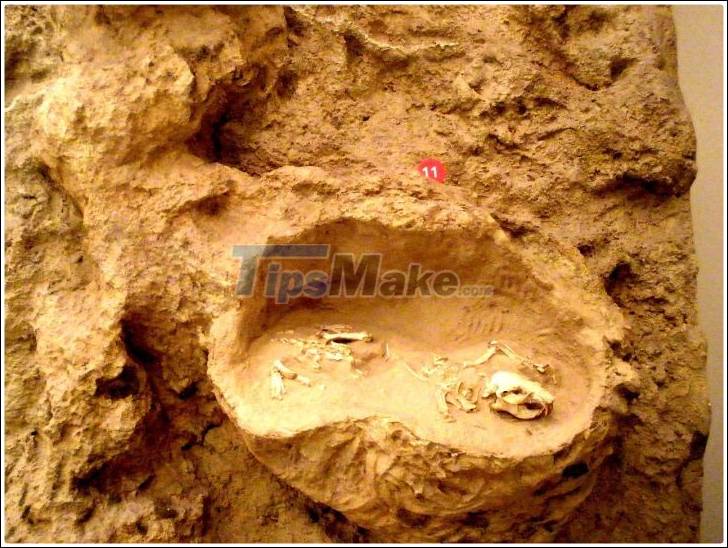
As for which animal species these specimens were made of, it took scientists several years to work hard, and finally in 1905, scientists determined that they were rodents. extinct is related to the modern beaver. This animal was named Palaeocastor, which means "ancient beaver". Their appearance was a combination of a Geomys land mouse and a modern North American beaver and they only live in what is today the Midwestern United States.
This ancient beaver is about the size of a modern North American beaver. They have short tails, small ears and eyes like kangaroos. The difference is that their claws and incisors are relatively long, so they are not afraid of being worn during burrowing.
It can be determined that it is an extinct beaver species because its incisors are well matched to the grooves within the specimens. This was discovered by University of Kansas professor Larry D. Martin, who examined more than 1,000 ancient fossil caves in the 1970s.
This ancient beaver used long incisors to dig out these spiral structures by twisting themselves straight to the ground. And claw marks tend to stay on the sides and bottom of the cave.
At the same time, the geologists turned to Barbour's theory of lake sediment and determined that its fine-grained sediments are formed by wind accumulation under seasonal drought conditions. This is very similar to the climatic conditions common in western Nebraska today.
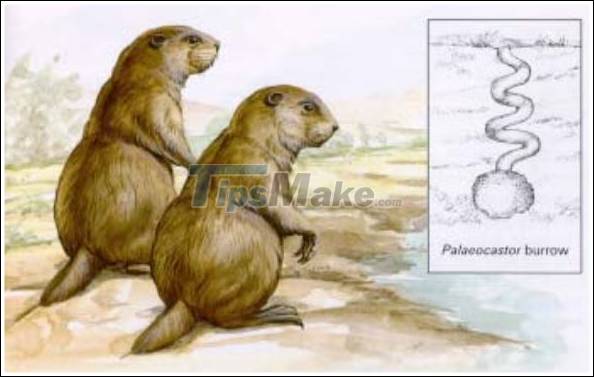
But why does this beaver dig a spiral mouth instead of a straight down? The scientists discovered that constructing such a tall and tightly coiled spiral entrance on the top of the cave could have two main functions.
On the one hand, it can help maintain the humidity and control the temperature of animal caves, and on the other hand, it can also be used to prevent the entry of other predators. Because for most predators, they don't know how to enter such a spiraled cave. At the same time, the spiral structure also helps the beaver push the soil to dig up more easily than the straight and steep mouth.
Like many of today's cave-dwelling animals, the ancient beaver's nests were majestic and divided into several compartments, with compartments exclusively used to feed the young, and there were upward-facing compartments for use only. with the purpose of putting them to sleep without worrying about flooding.
There are also a number of unearthed compartments with very small widths, which scientists believe are special toilets or 'sinks' for natural water. The reason for the extinction of this beaver is probably because the ecosystem on Earth changes from a rainy to tropical climate and arid and the grasslands that dominate the ground prevent them from adapting.
You should read it
- The mystery of people using poison as a tonic in 19th century Europe
- 11 paintings that reflect the negative issues of modern life
- Reviews on MazM: Jekyll and Hyde - Behind a villain
- Ancient theater is found in Odesa
- 35 questions from writer Marcal Proust tell all about you
- Unexpectedly unearthed 17 ancient tombs of the third century - IX at Vulci
- Discovering the 'all-encompassing' ancient crypt in the VIII century, BC in Italy
- 13 tips are extremely useful in modern life today
May be interested
- Do you know how tall it is?
 we all know that the sky is vast and vast and the destination is that people still have the effort to conquer. but how many people can answer the question of what exactly the sky is and how tall is it?
we all know that the sky is vast and vast and the destination is that people still have the effort to conquer. but how many people can answer the question of what exactly the sky is and how tall is it? - The image shows that Italians strictly abide by the 'one meter rule' Covid-19
 when going to public places, italians must stand at least 1 meter away from each other to avoid becoming infected or spreading the disease to others.
when going to public places, italians must stand at least 1 meter away from each other to avoid becoming infected or spreading the disease to others. - 1 inch, 1 cup, 1 stool, 1 meter by how many meters, cm?
 in order to unify these units of measurement, we must know how to determine, how to convert them to the most accurate way. the following article will guide you to convert inch, li, stool, ruler to meter and cm units, invite readers to consult.
in order to unify these units of measurement, we must know how to determine, how to convert them to the most accurate way. the following article will guide you to convert inch, li, stool, ruler to meter and cm units, invite readers to consult. - How to secure Facebook from hacking
 how to secure facebook from hacking. facebook in recent years has made itself the largest social network on the planet with millions of accounts and users every day. but more users means more information
how to secure facebook from hacking. facebook in recent years has made itself the largest social network on the planet with millions of accounts and users every day. but more users means more information - What has changed after 250 million years?
 after millions of years, the earth's appearance changed dramatically because the continents were split or merged.
after millions of years, the earth's appearance changed dramatically because the continents were split or merged. - 3 What does ATM mean?
 many people who have just read 3 atms will probably be mistaken as a bank or may not know what it is and what it means.
many people who have just read 3 atms will probably be mistaken as a bank or may not know what it is and what it means. - Apple is about to produce millions of AirPods in Vietnam
 a source from nikkei said that apple is going to produce millions of airpods in vietnam this quarter.
a source from nikkei said that apple is going to produce millions of airpods in vietnam this quarter. - Windows 10 is 3 years old, since then, how many changes have been made?
 it's been 3 years since windows 19 was released. how has this most used operating system changed since its inception in 2015?
it's been 3 years since windows 19 was released. how has this most used operating system changed since its inception in 2015? - Computer demonstrating data by waterfall
 the software will control the open valves high so that countless drops of water fall in any shape, which can be images, symbols, text ... this system consists of a 2 meter aquascript module attach a lot of tiny water valves.
the software will control the open valves high so that countless drops of water fall in any shape, which can be images, symbols, text ... this system consists of a 2 meter aquascript module attach a lot of tiny water valves. - 1 square meter of land, ha calculated according to the land of the South, Central and North
 1 square meter of land. this article will go with you to learn through the article below.
1 square meter of land. this article will go with you to learn through the article below.










 The mystery inside the mummies has a real human face in Egypt
The mystery inside the mummies has a real human face in Egypt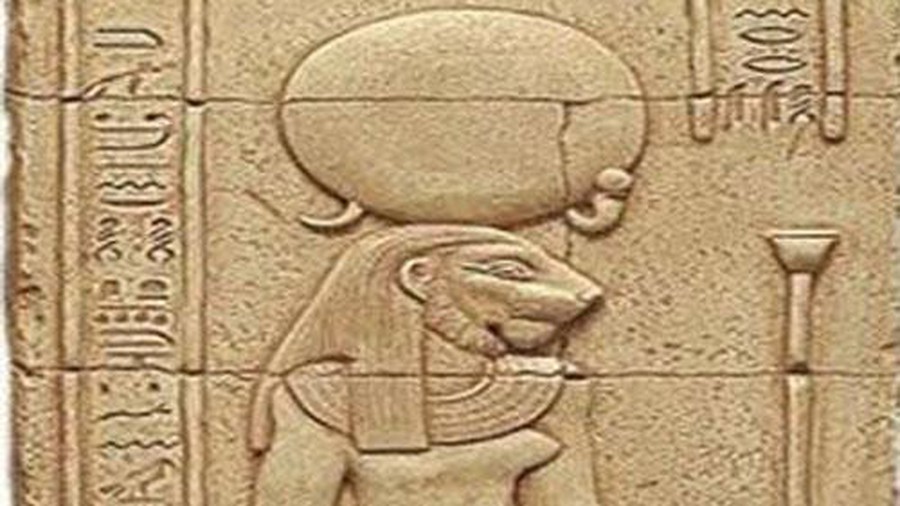 Decode the symbol of the ancient Egyptians
Decode the symbol of the ancient Egyptians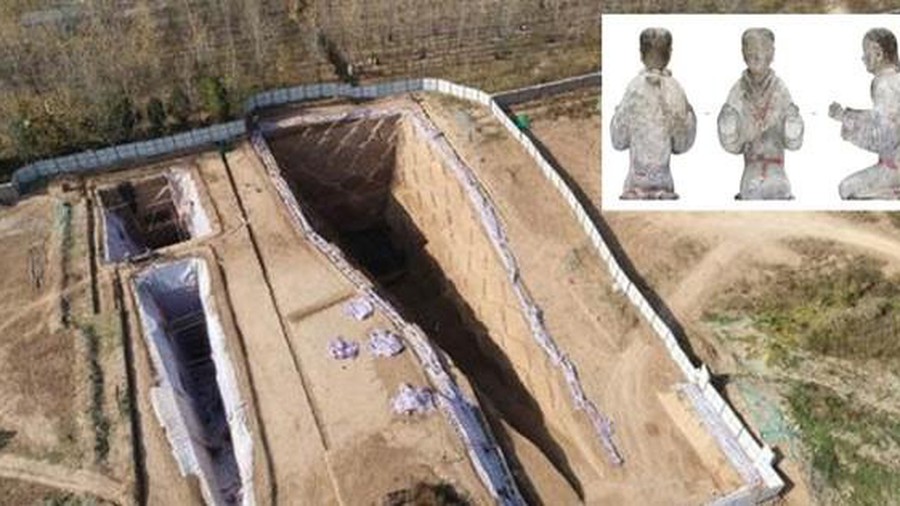 Treasures of death: A series of remains covered with jewels in the tomb
Treasures of death: A series of remains covered with jewels in the tomb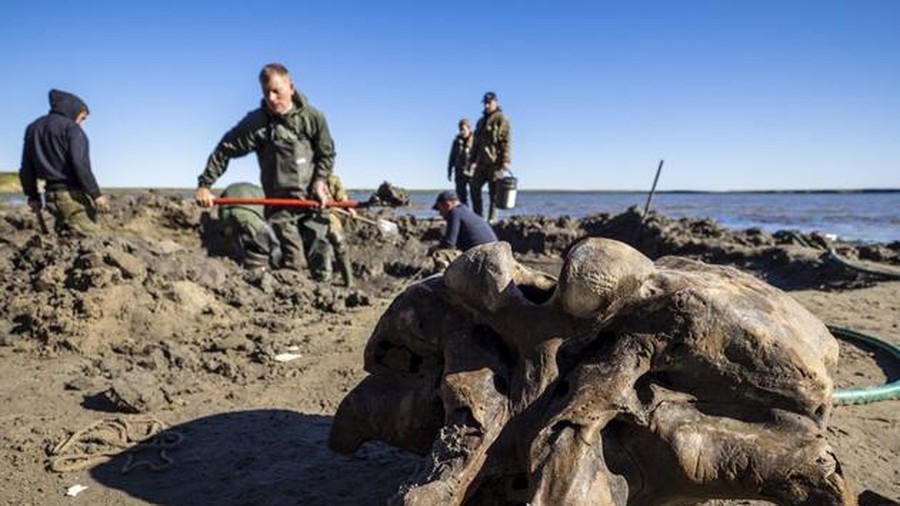 Discovering mammoth bones that remain in ligaments after more than 10,000 years of extinction
Discovering mammoth bones that remain in ligaments after more than 10,000 years of extinction Secrets about the world's smallest dinosaur revealed in amber 99 million years old
Secrets about the world's smallest dinosaur revealed in amber 99 million years old Admire the rare design of Yale University Library, helping to protect millions of valuable ancient bibliographies from the sun
Admire the rare design of Yale University Library, helping to protect millions of valuable ancient bibliographies from the sun